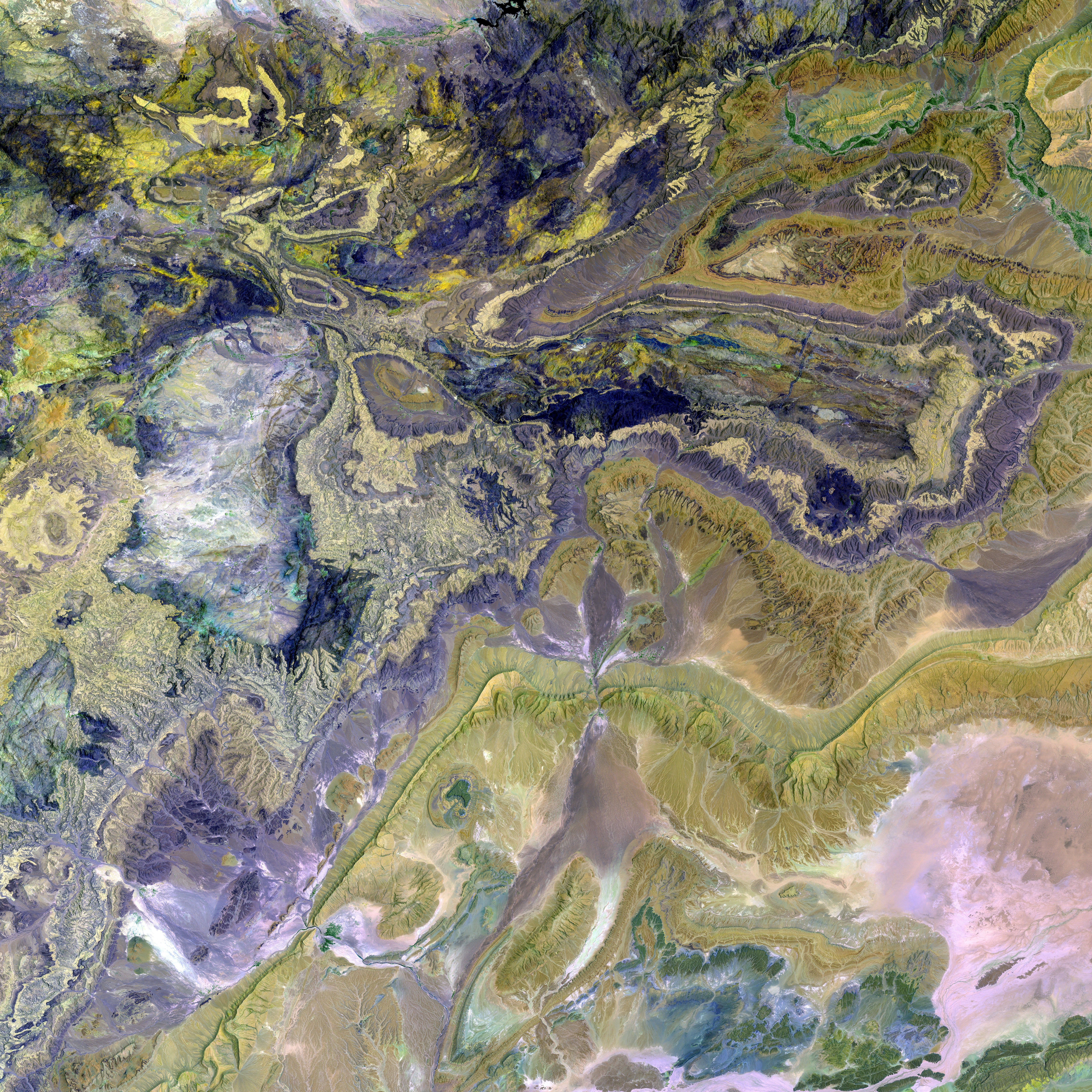Continuing declines in the dollar: understanding its persistent drop
** forecasts | currency trends | ruble's course | week's outlook**
The firecrackers have fizzled out, and it's back to business as usual in the financial world. We've got analyst Mikhail Grachev spilling the tea on exchange rates post-May holidays.
In a twist of fate, the US dollar had a minor retreat on May 8, marking a slight reversal in the ongoing depreciation trend. However, over the past week, the greenback has shed about 0.5%, extending its total yearly decline to a whopping 13%. The dollar hit a dismal annual low of USD/BYN 3.0062 on May 7, ending the week at USD/BYN 3.0283, with trading volume somewhat below par.
The Russian ruble, similarly, is on a roll and reached a local high on May 7, clocking in at an impressive RUB/BYN 3.6803 for 100 rubles. The week's closing rate stood at RUB/BYN 3.6652, with trading volume maintaining average levels. Since the start of the year, the ruble has appreciated by an impressive +9.45%.
What moves the ruble's market?
The primary drivers shaping the first half of 2025 remain unchanged. Think tight monetary policies from the Russian Central Bank, an abundance of foreign currency supply on the domestic market, and a big surprise – burgeoning budget revenues due to Russia's oil and gas exports.
In April, despite relatively moderate oil prices, Russia's budget revenues exceeded the Ministry of Finance's predictions by a whopping 53.9 billion rubles. This miracle gave the Russian government the green light to resume foreign currency purchases on the domestic market from May 13 to June 5, at the rate of 2.3 billion rubles per day. This move could give the ruble a pleasant boost.
As the summer vacation season approaches, there might be a surge in demand for foreign currency. However, this increase could be counteracted by the geopolitical factor of the simmering conflict in Ukraine. A quick resolution to the crisis in either direction could tip the scales, either boosting or crashing the currency's trajectory.
forecast for the week
The Federal Reserve's May 7 interest rate meeting didn't sway the market much, with the focus shifted to the Fed's summer meeting and the escalating trade tensions between the US and China. With both sides potentially finding common ground, any positive development would certainly bolster the dollar on the forex market.
The week ahead promises to be an exciting rollercoaster, with the currency rates rocking within a tight range around their current values. Until any major moves are made, expect the currency rates to gyrate like a wild dance. Buckle up, as the winds of change could steer the currency rates in any direction!
Please note, the opinions expressed by financial experts in this section may not mirror the views of the editorial team and should not be taken as investment advice or a call to action to buy or sell any assets or currencies.
Additional insights:
Factors such as economic integration and trade with the Eurasian Economic Union, the size and diversification of Russia's economy, and differences in monetary policy can influence the ruble's performance against regional currencies like the Belarusian ruble. Geopolitical tensions and changes in global commodity prices, particularly oil and gas prices, are also key players in shaping the ruble's trajectory.
Finance experts forecast that the ruble's course may remain strong over the upcoming week due to burgeoning budget revenues and ongoing foreign currency purchases by the Russian government. However, potential geopolitical factors, such as the simmering conflict in Ukraine, could counteract this trend and impact the ruble's trajectory. Meanwhile, investing in the US dollar could be influenced by the Fed's summer meeting and the escalating trade tensions between the US and China, as any positive development would bolster the dollar on the forex market.





